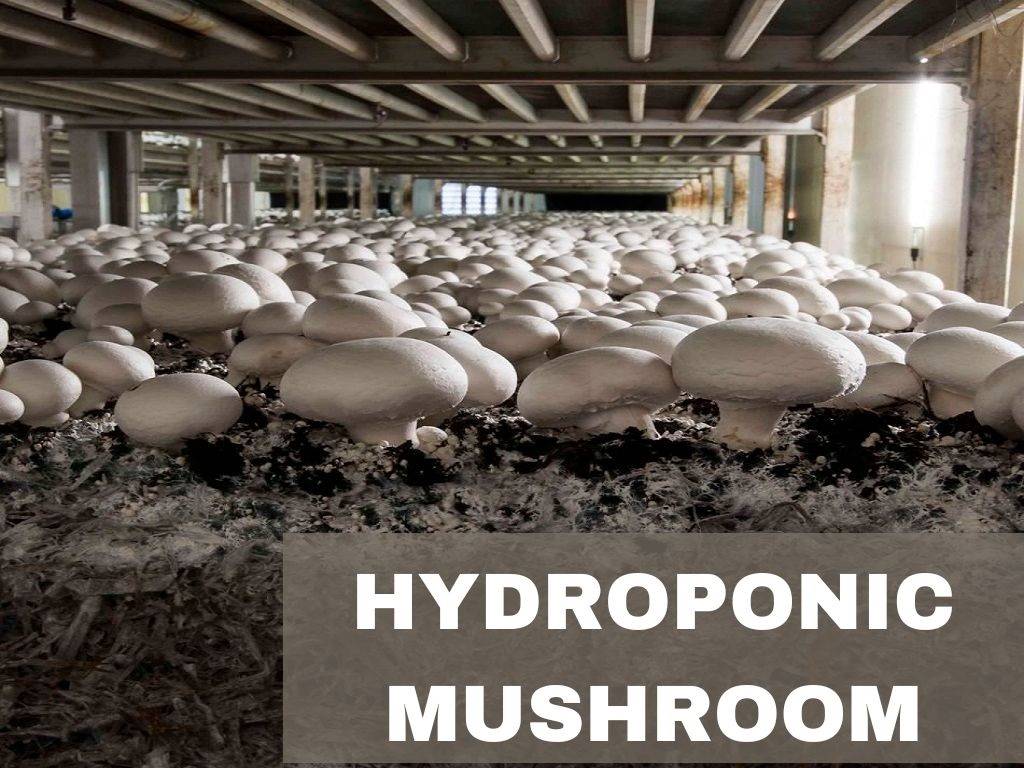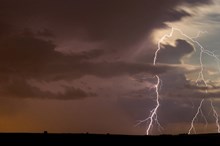
Mushrooms are sometimes mistaken for plants, but they belong to the fungus kingdom. Mushrooms consume organic matter like soil, wood, or animal feces, all of which are converted into compost that is good for your plants.
This fungi's life cycle begins with mushroom spores, or "mushroom seeds." The wind disperses the tiny spores first, after which they finally land on soil and other suitable food sources. Mycelium is formed when two suitable spores come together.
Is it Possible to Grow Mushroom Hydroponically and what types are feasible?
Similar to how ordinary rooted plants are produced, mushrooms can be grown hydroponically. Despite lacking roots, mushrooms can grow and flourish on a hydroponic medium. They grow and mature more quickly than either traditionally grown mushrooms or other common hydroponic crops.
A mushroom is essentially a fungus; thus, no expensive grow lights are needed. They don't generate fruit or carbohydrates by photosynthesis, and they don't have chlorophyll either.
Oyster, shiitake, lion's mane, button, enokitake, maitake, nameko, and cinnamon cap are a few of the most popular mushrooms to grow in this manner.
The Fundamentals of Mushrooms Grown in Hydroponics
Like plant seeds, mushroom spores need a growth medium in conventional hydroponic systems. Spores are injected or infused into this growth media, and as a result, the mycelium will start to form, fuse, and colonize the substrate.
But for this to happen, some kind of nutrient must be present in the developing media. This is so that mushrooms can't produce their food as plants can.
The fungus uses the nutrients that are supplied to them as fuel. In other words, for mushrooms to grow and develop, they need some kind of sugar or carbohydrate. Vermiculite is a common growth medium used for this purpose.
Mushroom Hydroponic Substrates
The right amount of nutrients required by mushrooms, which will also be your crop’s source of energy, must be present in the growth medium. Mushrooms make their sugars or carbs but they still require them to grow. To achieve that about 50:50 vermiculite and perlite should be used.
Small cakes are made with flour that has been combined with vermiculite and a little water. The spores are combined with the flour or vermiculite and allowed to slightly harden before being spread across the top surface of the substrate or media.
Expanded Clay Aggregate (also known as "Clay Balls") has also been effective for hydroponically growing mushrooms.
Depending on the sort of mushroom you're trying to cultivate, different substrates are optimal. However, they often consist of an organic base substance that the mushroom will use for energy. This is the ideal recipe for growing mushrooms. Add some more nourishment and lots of water, and there you have it.
Some substrates that are used for growing mushrooms are:
-
Coco Choir
-
Wheat Straw
-
Wood shavings
-
Soy hulls
Selecting the appropriate setup is the most crucial step in beginning your own hydroponically grown mushrooms. Now let's discuss it.
Setup for Growing Mushrooms Hydroponically
An air pump with an air stone connection, which is also required for aeration/oxygenation, and a tank or tub filled with grow medium should be the main components of your mushroom hydroponics system. A water heater, humidity gauge, and light are optional extras that, under some situations, are useful.
The growing media is placed on top of the air stone or bubbler at the bottom of the tank, and then the tank is filled with water.
On top are the vermiculite cakes that have been inoculated with the mycelium of the desired mushroom. To oxygenate the water, the air is circulated via the air stone. You should maintain the water's warmth, which is why you might want to think about using the optional heater.
The ideal temperature for hydroponic mushrooms
The ideal germination and growth temperatures are 75–80°F and 80–85°F with a humidity of around 90%, respectively. You could still obtain some mushrooms if these requirements are not satisfied, but not nearly the number or quality that you would have achieved under ideal circumstances.
Light Requirement for Hydroponic Mushroom
The only time mushrooms need more than 5 to 6 hours of light each day is when the mycelium is being encouraged to grow.
Harvest of the Hydroponically Produced Mushroom
Mushrooms are typically ready for harvest in four to five days. You can keep using the block until you stop getting harvests. You can harvest mushrooms that you cultivate from mycelium as soon as they begin to grow on the grain.
You can either keep the grain to utilize for your subsequent batch of spores or use the grain seeds you currently have to produce grain.

















